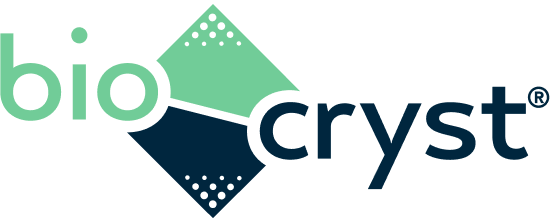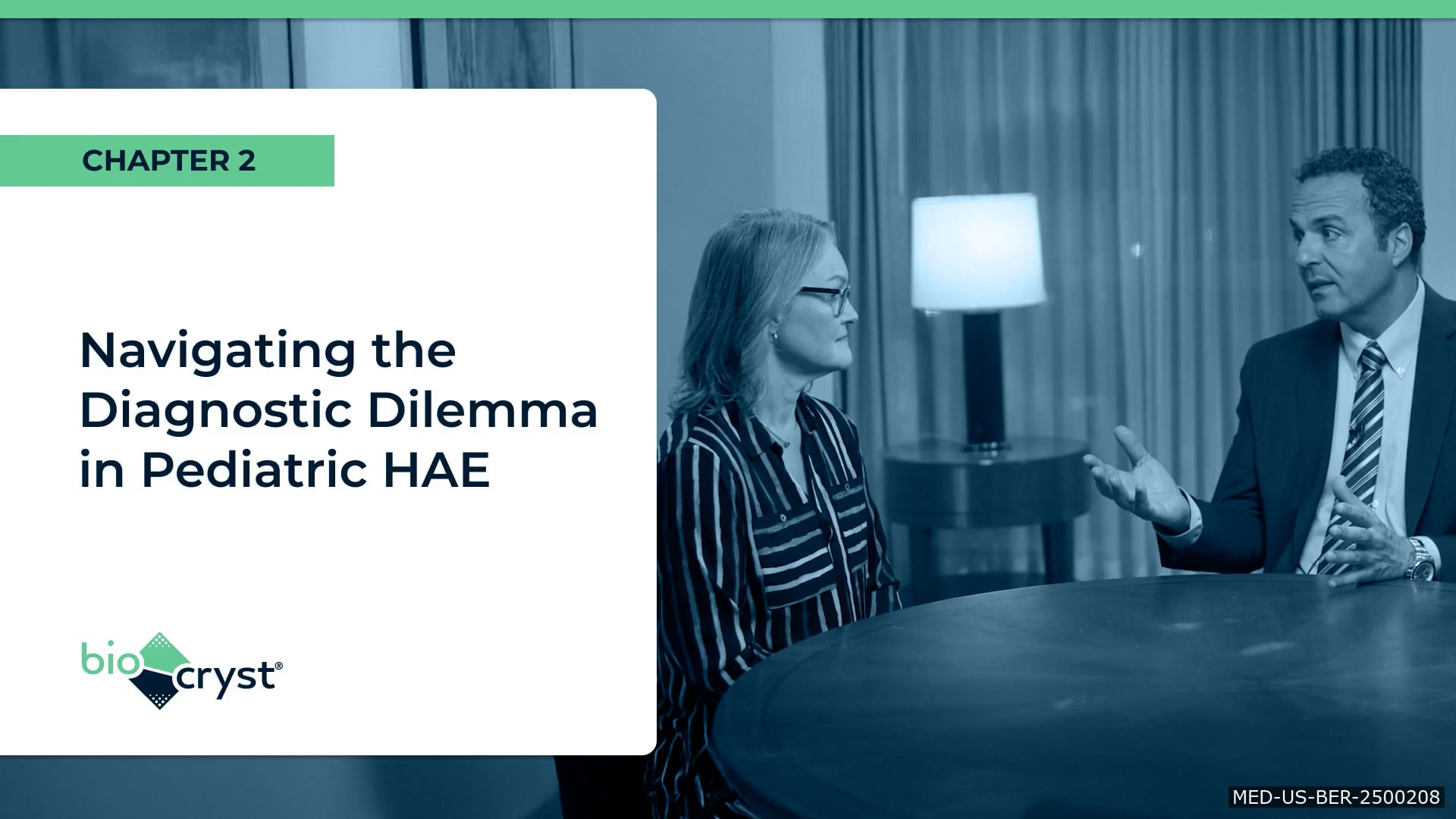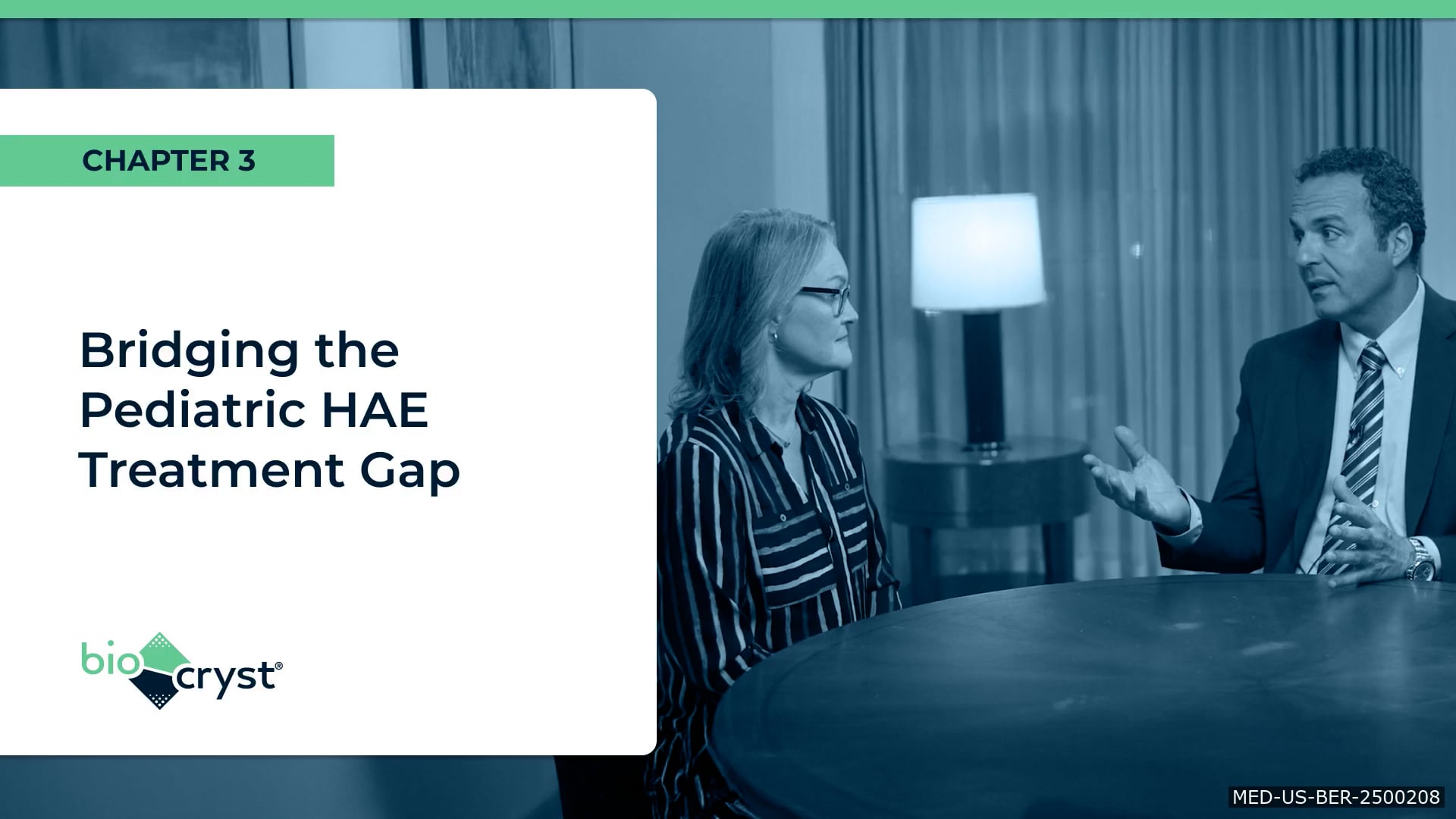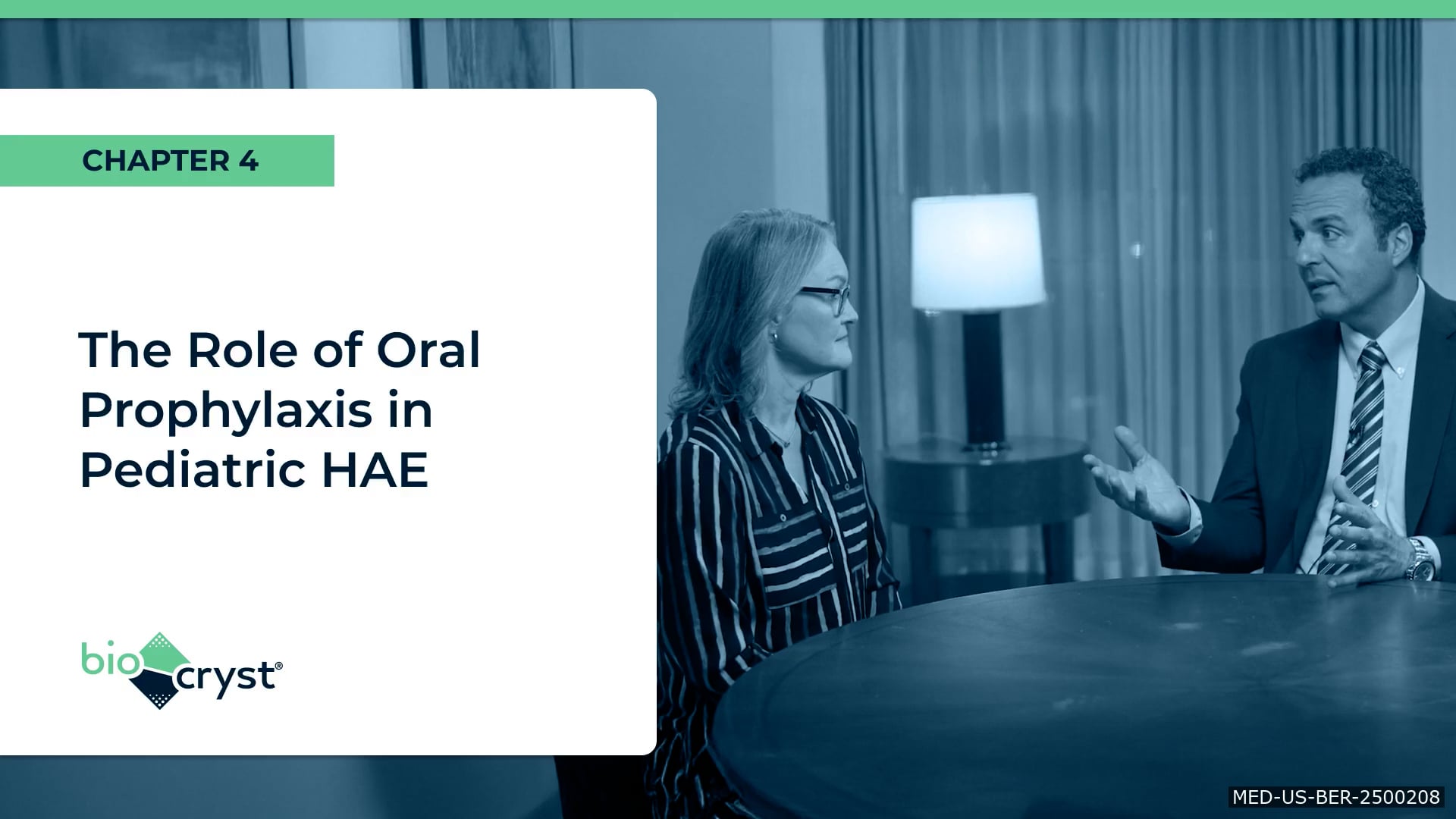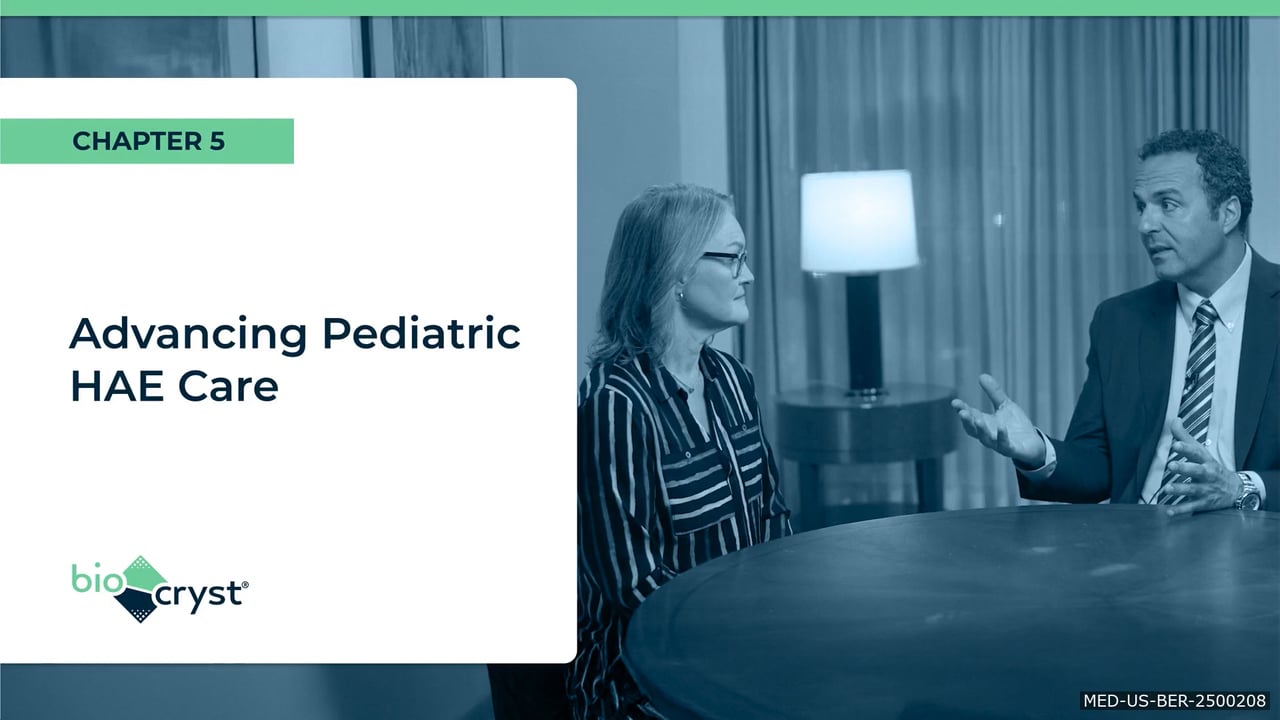
HAE Video Library

HAE Video Library
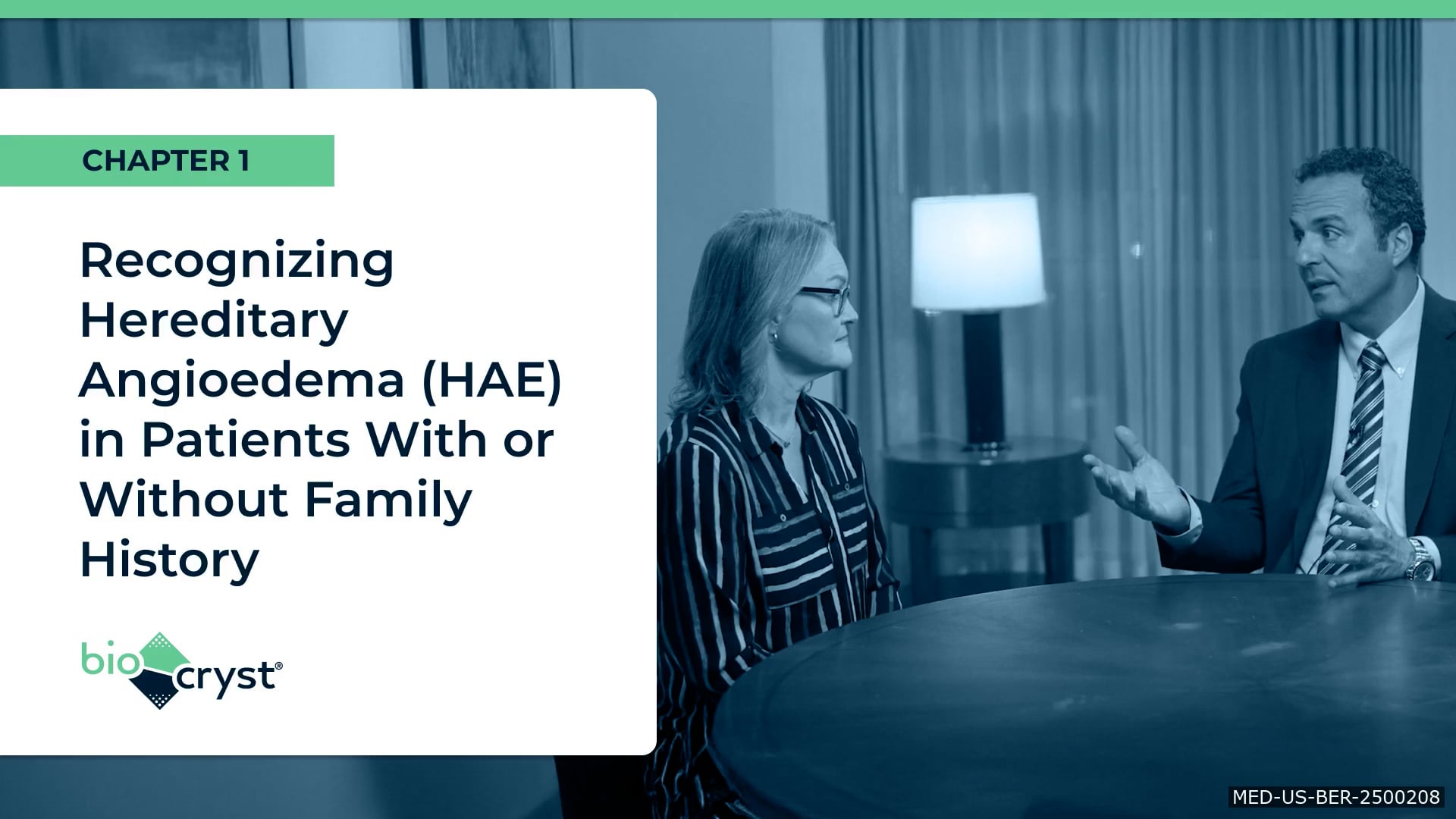 1.53
1.53 Chapter 1: Recognizing Hereditary Angioedema (HAE) in Patients With or Without Family History
Chapter 1: Recognizing Hereditary Angioedema (HAE) in Patients With or Without Family History
Key Takeaways
- Growing evidence reveals that HAE often manifests earlier in childhood than historically recognized, underscoring the need for heightened clinical awareness and timely diagnosis
- HAE attacks are highly variable and unpredictable, requiring special considerations and care for affected children
Chapter 2: Navigating the Diagnostic Dilemma in Pediatric HAE
Key Takeaways
- WAO/EAACI guidelines recommend testing children whose parents have HAE as early as possible
- Delayed diagnosis or misdiagnosis frequently occurs in this vulnerable patient population and can lead to increased morbidity and mortality, unnecessary medical interventions, or surgical procedures
Chapter 3: Bridging the Pediatric HAE Treatment Gap
Key Takeaways
- Based on WAO/EAACI guidelines for the management of HAE, LTP should be individualized and considered for all HAE patients with the goal of optimizing disease control and normalizing patients’ lives
- The only approved LTP treatment options are parentally administered, which poses significant treatment burdens on patients and their caregivers
Chapter 4: The Role of Oral Prophylaxis in Pediatric HAE
Key Takeaways
- Among LTP treatment options, patients and caregivers report a strong preference for an oral therapy over an injectable therapy
- An oral treatment option for children could reduce the stigma and logistical challenges associated with injections, allowing children to take medication discreetly (eg, “like a vitamin”), improving adherence and lifestyle normalcy
Chapter 5: Advancing Pediatric HAE Care
Key Takeaways
- Caregivers of individuals living with HAE, many of whom have HAE themselves, often experience considerable psychosocial impacts as well as the disruption of work and daily activities as a result of treatment administration
- There remains a strong clinical need for a patient-centered therapeutic option that is efficacious, safe, and practical for long-term pediatric disease management
